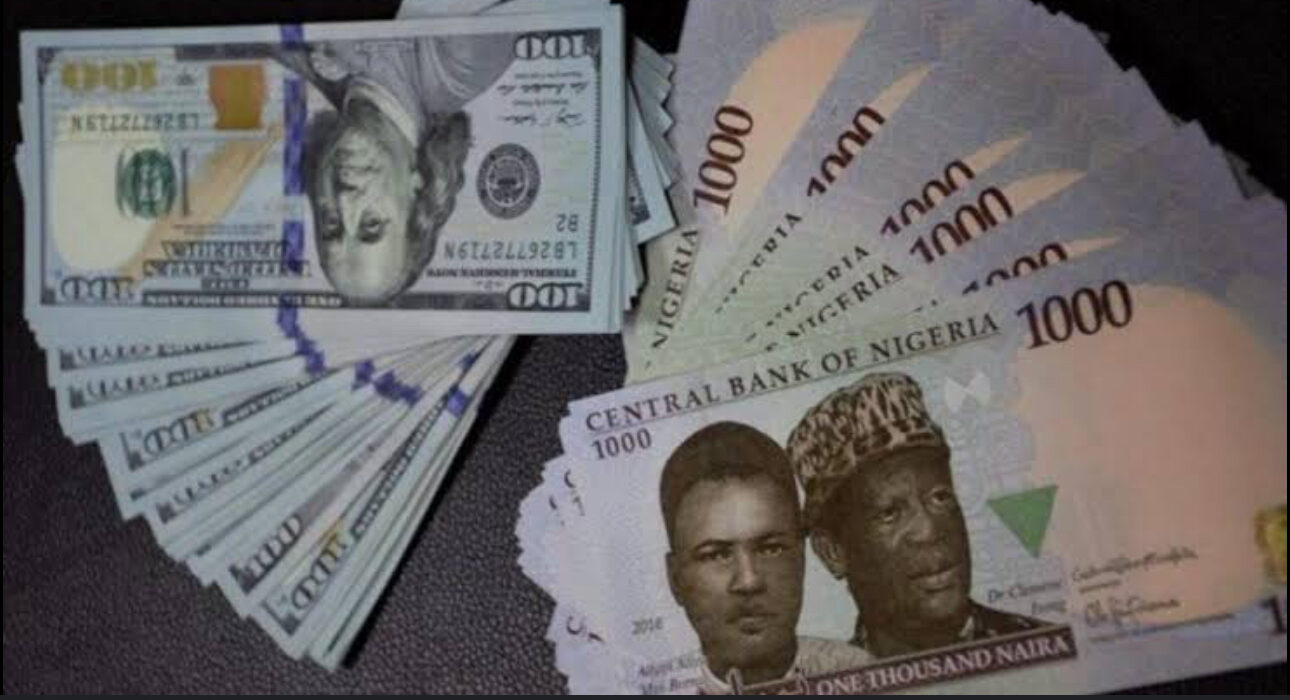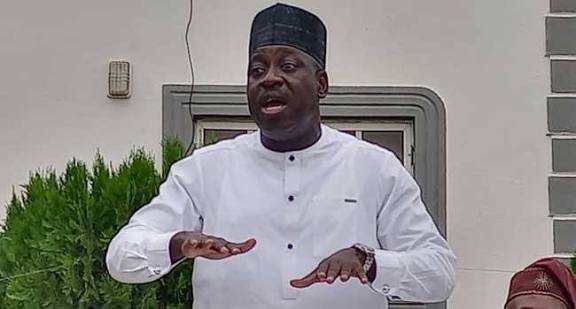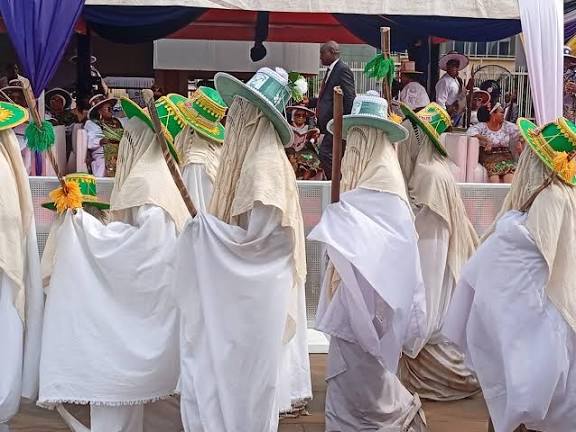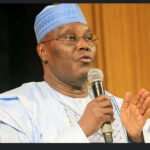Naira Depreciates to N1,600/$ in Official Market, Widening Gap with Parallel Market

The naira depreciated has depreciated hitting N1,600 per United States dollar at the official Foreign Exchange Market (NFEM), a significant decline from the N1,569 per dollar rate yesterday.
The depreciation is a N31 fall in the value of the naira in one day, sparking worry over the country’s currency stability.
At the parallel market, the naira also weakened to N1,565 to the dollar from N1,555 on Thursday, widening the gap between the official and black market rates. The spread between the two rates now stands at N35 per dollar, from N14 a day before, indicating rising divergence in the nation’s foreign exchange markets.
This depreciation comes after a relative stability in the official exchange rate, which had ranged between N1,500 to the dollar in the past three months. But several factors appear to be propelling the new trend.
A combination of global economic uncertainty, the persistent shortage of foreign exchange in the market, and unabated capital flight have made the naira swing in value.
The naira depreciation has been a recurring issue, with frequent drops in both the parallel and official markets in recent months.
In March 2025, the naira dropped, losing N6 to N1,548 to the dollar in the official market, while the parallel market rate dropped 7.4% to N1,600 to the dollar. The naira pressure has also been exacerbated by increasing forex outflows, which are negatively impacting market liquidity.
The widening gap between the parallel and official market rates is a source of worry for economists and policymakers. The gap is seen as a reflection of potential arbitrage opportunities, where individuals and businesses can exploit the difference between the rates to make a profit, further destabilizing the currency.
Responding to these moves, the Central Bank of Nigeria (CBN) has in the past taken several measures to stabilize the naira. These have included interventions in the forex market to adjustments in the nation’s monetary policies. However, despite these measures, the naira continues to face pressure from both local and international economic factors.
Analysts have said that the exchange rate of the naira may continue to be volatile in the short term, with the official rate possibly breaching the N1,600 mark if the economic pressures do not ease. Given the importance of the foreign exchange market for trade, imports, and the general economy, it is possible that the Central Bank will monitor the situation closely and may introduce additional measures to check the depreciation.
As the currency market remains volatile, Nigerians and businesses are advised to stay informed about official exchange rates and reassess their financial plans as necessary.









